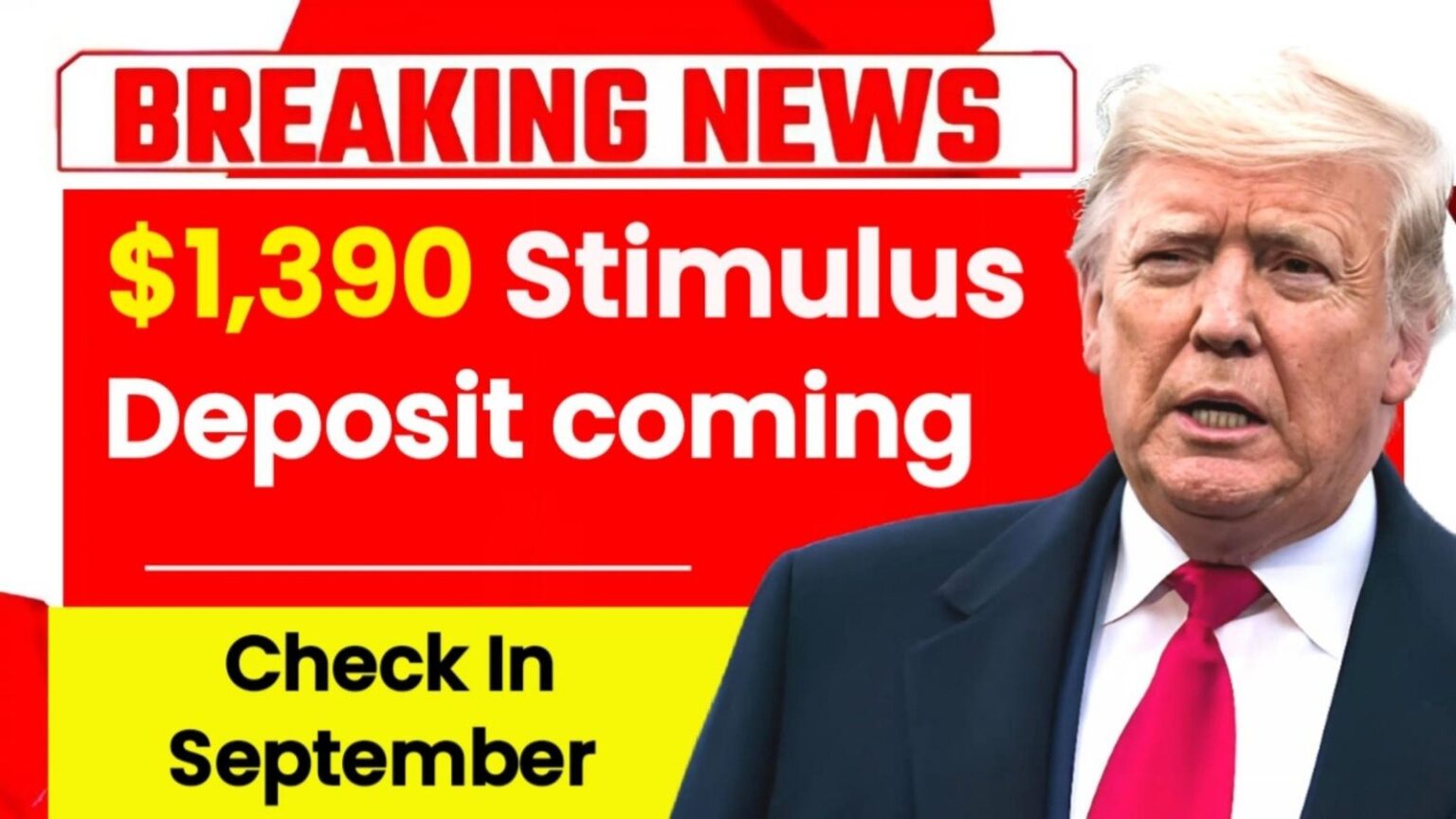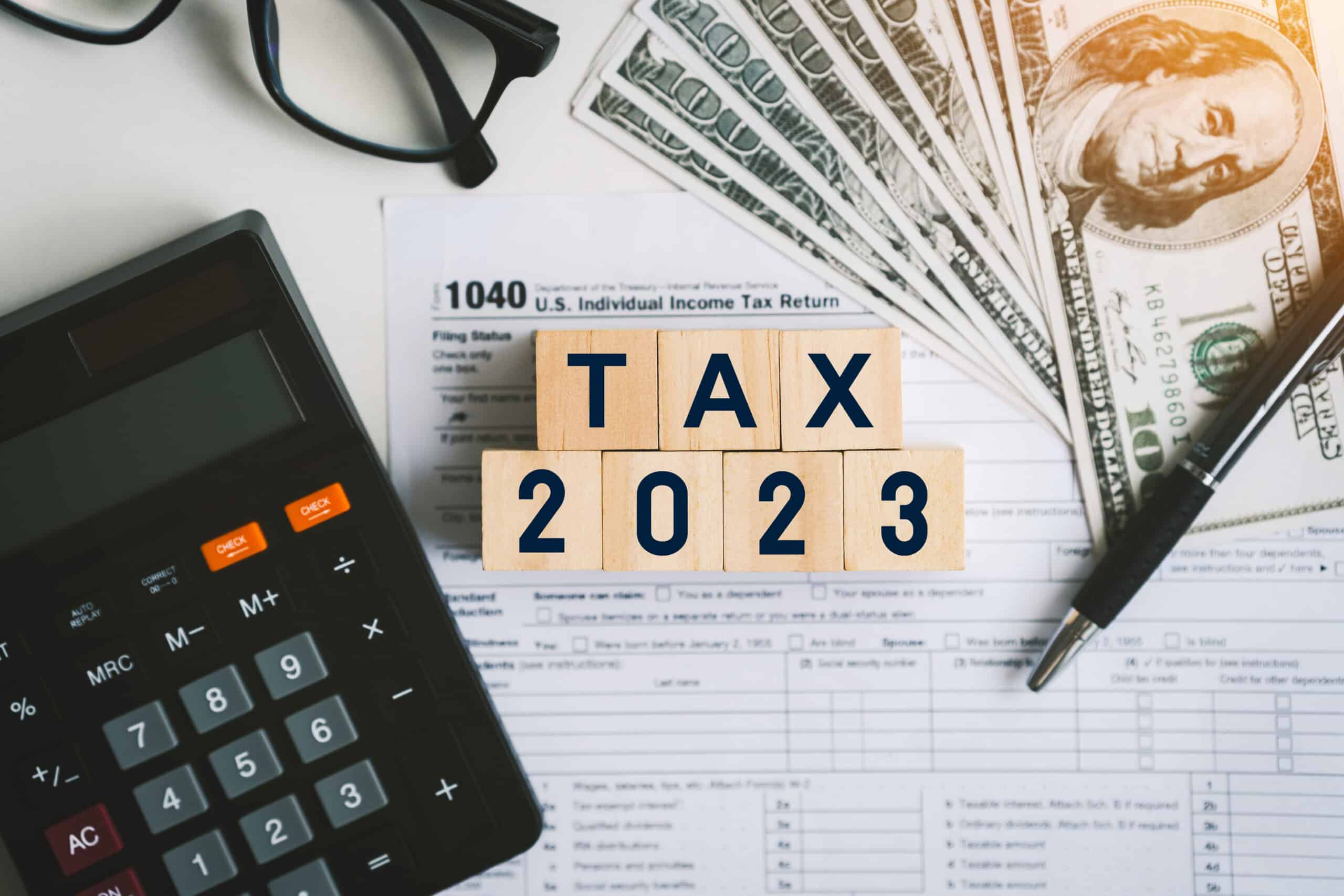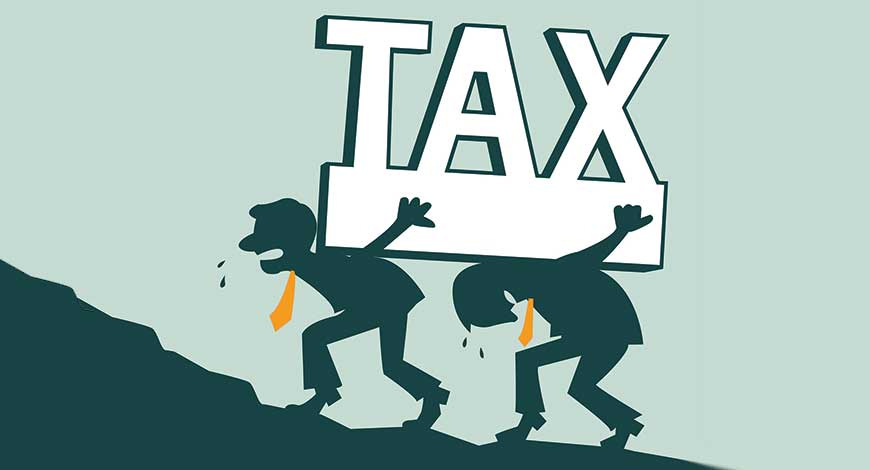In the midst of rising living costs and inflation, the U.S. government has introduced a new form of financial assistance known as the $1,390 Direct Deposit Relief. This initiative aims to provide immediate relief to millions of Americans who are struggling with the economic pressures of everyday life. As one of the most talked-about developments in recent months, this program is generating significant interest among taxpayers, especially those who may be eligible for the payment.
This article will explore what the $1,390 Direct Deposit Relief entails, who qualifies, how it’s distributed, and why it matters. We’ll also provide guidance on how you can access this relief if you meet the criteria.
Understanding the $1,390 Direct Deposit Relief
The $1,390 Direct Deposit Relief is a one-time financial assistance payment launched by the Internal Revenue Service (IRS) in 2025. The primary goal of this program is to help low- and middle-income individuals and families cover essential expenses such as rent, utilities, groceries, and healthcare costs.
Unlike previous stimulus payments that required applications, this relief is automatically issued to eligible recipients based on their 2024 tax returns. The funds are delivered directly into bank accounts via direct deposit, ensuring a fast and secure process. For those without bank accounts, paper checks or prepaid debit cards may be used instead.
Why Was This Relief Introduced?
Inflation has been a major concern in the United States over the past few years, with prices for food, housing, and healthcare rising significantly. Many workers have seen their wages fail to keep up with these increases, leading to a decline in disposable income for millions of households.
The $1,390 Direct Deposit Relief was designed to address this issue by providing immediate financial support to those most affected. By injecting money directly into the economy, the government hopes to stimulate consumer spending and stabilize household budgets.
Who Qualifies for the $1,390 Direct Deposit Relief?
Eligibility for the $1,390 Direct Deposit Relief is based on several factors, including:
- Filing Status: Single, married, or head of household.
- Income Limits:
- Single Filers: Up to $75,000 per year.
- Married Couples (Joint Filers): Up to $150,000 combined.
- Head of Household: Up to $112,500.
- Tax Filing: Applicants must have filed their 2024 federal tax return.
- Benefit Recipients: Social Security, SSI, SSDI, and VA beneficiaries may automatically qualify if they meet the income requirements.
Additionally, individuals who previously received similar relief payments may also be eligible, depending on the IRS’s review.
How to Claim the Payment

Most eligible individuals do not need to apply separately. The IRS will automatically determine eligibility based on your 2024 tax return. If your banking information is up to date, you will receive the payment via direct deposit. If not, you may receive a paper check or a prepaid debit card.
To ensure a smooth process, it’s important to:
- Verify that your bank account details are correctly listed with the IRS.
- Keep your tax information updated.
- Check for any errors or omissions in your 2024 tax return.
When Will the Payment Be Received?
The IRS has outlined a phased distribution schedule for the $1,390 Direct Deposit Relief:
- Phase 1: Payments to Social Security and SSI beneficiaries begin in November 2025.
- Phase 2: Payments to tax filers and low-income working families start in December 2025.
- Phase 3: Payments to veterans and other special categories are expected in January 2026.
Most recipients should receive their payment within 3 to 6 weeks after being processed.
How Can You Use the $1,390 Relief?

The $1,390 relief payment is intended to help with immediate, essential expenses. Here are some common uses:
- Paying rent or mortgage.
- Covering utility bills (electricity, gas, water).
- Purchasing groceries and other daily necessities.
- Paying for medical expenses or medications.
- Supporting children’s education or school-related costs.
The government encourages recipients to use the funds for basic needs rather than luxury items.
Which States Are Included?
The $1,390 Direct Deposit Relief is a federal program, meaning it applies to all U.S. states. However, some states may offer additional state-level assistance programs in conjunction with the federal relief.
For example, California, New York, and Texas have historically provided extra financial support to residents during times of economic hardship. While these state programs are separate from the federal relief, eligible individuals can benefit from both.
Is the Payment Taxable?
No, the $1,390 Direct Deposit Relief is not taxable. According to the IRS, this payment is considered non-taxable assistance and will not be included in your taxable income.
This means you can use the full amount without worrying about future tax obligations.
Possible Delays and What to Do

While the IRS is working to distribute payments efficiently, delays can occur due to:
- Incorrect or outdated bank account information.
- Errors in tax returns.
- Identity verification issues.
- Disputes over eligibility.
If you believe your payment is delayed, you can check its status using the “Get My Payment” tool on the official IRS website.
The Government’s Intent Behind the Relief
The U.S. government has made it clear that the $1,390 Direct Deposit Relief is part of a broader effort to stabilize the economy and support vulnerable populations. By providing financial assistance directly to households, the government aims to:
- Boost consumer spending to stimulate economic growth.
- Increase trust in public institutions.
- Reduce financial strain on low- and middle-income families.
This initiative reflects the government’s commitment to addressing the ongoing challenges posed by inflation and high living costs.
Future Possibilities
Economists and analysts suggest that this relief program could set a precedent for future financial assistance initiatives. If the economy continues to face challenges, the IRS or Congress may introduce additional relief programs in the coming years.
Some experts predict that recurring, smaller payments may replace traditional stimulus checks, focusing more on targeted support for those in need.
Conclusion
The $1,390 Direct Deposit Relief is a significant step forward in addressing the financial struggles of many Americans. With its automatic distribution, transparent process, and focus on essential needs, this program offers real support to those who need it most.
If you meet the eligibility criteria, make sure to update your tax and banking information with the IRS to ensure you receive your payment on time. Stay informed about updates and avoid scams — the IRS will never ask for personal information through email or text.
Frequently Asked Questions (FAQs)
Q: Is this the same as the 2025 stimulus payment?
A: No, this is a targeted relief program specifically for low- and middle-income individuals, unlike general stimulus payments.
Q: Do I need to apply for the $1,390 relief?
A: Most people do not need to apply. If you’ve filed your 2024 tax return and have accurate banking information, the payment will be issued automatically.
Q: Will the payment affect my future benefits?
A: No, the $1,390 relief is not considered taxable income and will not impact your future benefits.
Q: What if I don’t have a bank account?
A: You may receive a paper check or a prepaid debit card, which could take longer to arrive.
Q: How long will it take to receive the payment?
A: Most recipients should get their payment within 3 to 6 weeks after processing.
Author: John Martinez
Title/Role: Financial Policy Analyst
Credentials: John has over a decade of experience analyzing U.S. economic policies and has contributed to multiple publications covering financial news and policy changes.
Profile Link: John Martinez Profile
Sources:
1. Internal Revenue Service (IRS) – Official Website
2. U.S. Department of Treasury – Economic Assistance Programs
3. Bureau of Labor Statistics – Inflation Data
Related Articles:
1. Understanding the Impact of Inflation on American Households
2. How to Track Your IRS Refund and Payments
3. Top 5 Ways to Save Money During Inflation
Stay updated with the latest news on financial relief programs and economic developments.
Explore today’s headlines and learn how you can benefit from upcoming initiatives.












More Stories
US Trending News: San Jose Sharks Record: Current Season Performance and Key Highlights
US Trending News: Skattebo Ankle Injury Video: What Happened and Why It Matters
Understanding ‘Smallish Batteries’ in The New York Times: Trends and Insights